Free sign language course begins in October
By Kate Hayden, khayden@charlescitypress.com
After a year of taking American Sign Language courses as a teenager, Jessie Menchak showed up at a weekend silent retreat with a seemingly daunting goal: stay quiet. Communicate only in ASL.
Menchak, now a deaf education teacher, still remembers that feeling.
“You show up, turn your voice off for three days, and you live in a cabin in a park with these people, and you cannot talk,” Menchak said. “I remember walking into this room — all you can hear is laughter, chairs moving … You hear noises that you’re not used to hearing when there’s voices around you.”
By the end of the weekend, Menchak walked back into the same room where she had started the retreat.
“I thought, oh my gosh, it’s so loud in here,” Menchak said. “Same people, same situation, but my brain had changed from hearing with my ears to hearing with my eyes. That’s where I fell in love with it.”
Starting in October, Charles City residents have a chance to immerse themselves in beginner’s sign language courses themselves. Menchak is offering free ASL courses once a week to all ages.
Interested participants should submit their available evenings in a survey on the Northeast Regional Academy (NERA) Facebook page, @isupportdeafed, or contact Menchak at jmencha@charles-city.k12.ia.us.
Participants are offered Monday or Thursday nights at Washington Elementary School. Classes will be held at either 5:30-6:30 p.m. or 6:30-7:30 p.m., depending on survey results.
“This is a culture, this is a lifestyle — this is how it is everyday for a lot of people,” Menchak said.
Menchak first taught the course last December, and at that time recorded sessions for staff members at the Iowa Educational Services for the Blind and Visually Impaired.
In her Charles City classroom, Menchak worked with teachers, parents, students and the public on the basics of ASL vocabulary and grammar. Last year’s participants ranged in ages from 5 to 60.
Like any teacher, she has a few classroom rules after the first week.
“It’s sign-only. You have to turn your voice off, and you use your eyes and your hands,” Menchak said. “That is really scary for some people, because when you’ve never done it before, you don’t know what’s going on. But the easiest way to learn a language is to immerse yourself in it.”
She spends the first session speaking and answering questions, to help people feel comfortable before the sign-only rule takes effect.
“It really works out their brain, because it’s a new language and it’s visual, something we’re not used to,” she said. “It can be challenging, but it’s a good workout.”
During the course, participants will also learn some of the nuances surrounding the language and the deaf community’s history.
Participants learn ASL is an American-English sign language. The gestures and rules are not the same internationally, which is a misconception about the language, Menchak said.
“Every country has their own sign language. You’ve got British Sign Language, French Sign Language — it’s all different,” Menchak said. “(Canada) is tweaked a little bit, but essentially all of North America uses American Sign Language. There’s variations of it.”
“They have the same language, but the motion might be a little different, and they have an accent,” she added. “Some people sign faster. If you met a deaf person in the Bronx — you know how they speak, it’s similar in their sign language. They all have accents.”
HEARING HER STUDENTS
Menchak is a full-time NERA instructor for deaf and hard-of-hearing children in the Charles City Community School District, and is based out of Washington Elementary. She works with students in preschool through fourth grade on literacy skills in their general classes.
This is the second year the program has been in effect in Charles City, Menchak said.
“With every student in the program, we look at their needs. … We meet the child where they are,” Menchak said.
If students learn more efficiently using verbal communication, Menchak will help them mainly in verbal English, with ASL support. If the student doesn’t respond or pick up lessons well with verbal communication, Menchak works with them on speech, using ASL.
She also coordinates with her students’ general education teachers to identify what lessons her students aren’t understanding, and expand on that concept — be it math, history, English or anything else.
“Whatever language they communicate in, we meet them there, but we also ensure they learn English. They learn to read and write,” Menchak said. “The majority of deaf and hard-of-hearing students who graduate high school have about a fourth-grade reading level.”
“It’s very hard to teach somebody English and the rules of English when they can’t hear it. … That is a difficult task when it comes to educating deaf students,” she said. “It’s a different way of teaching it, but it’s what we’re here for.”

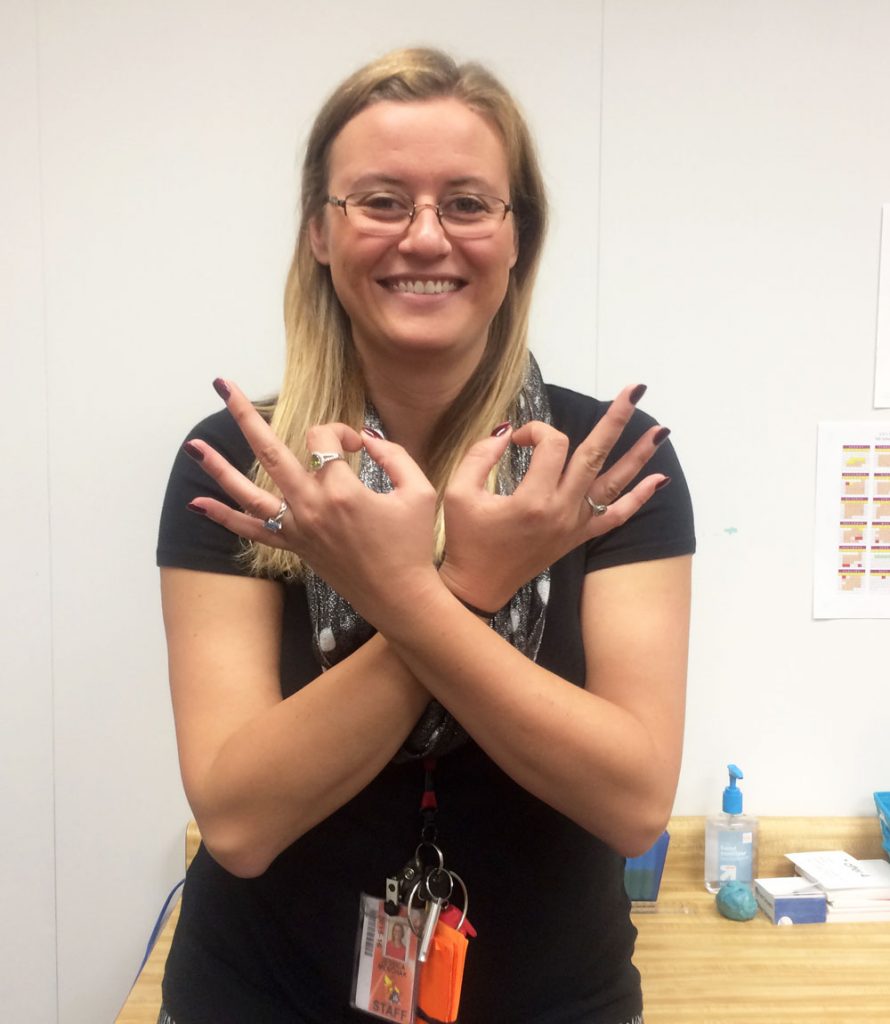
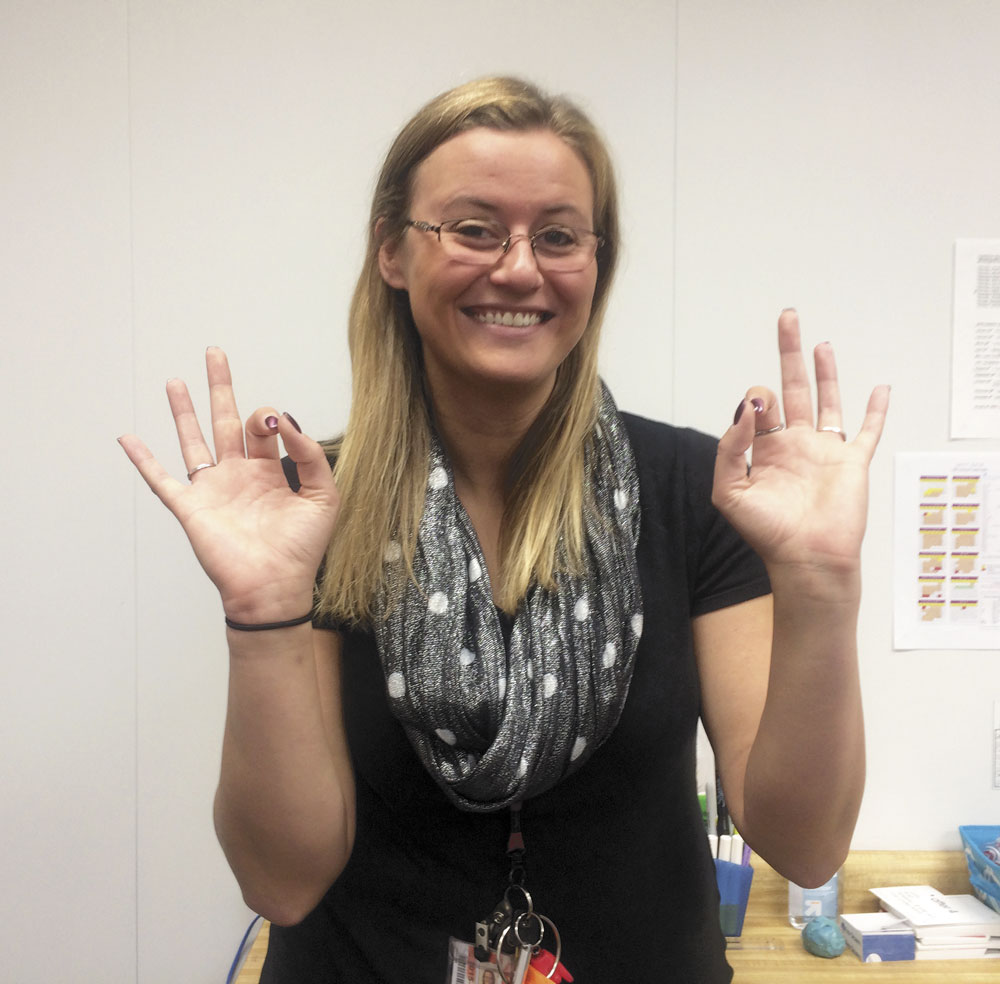
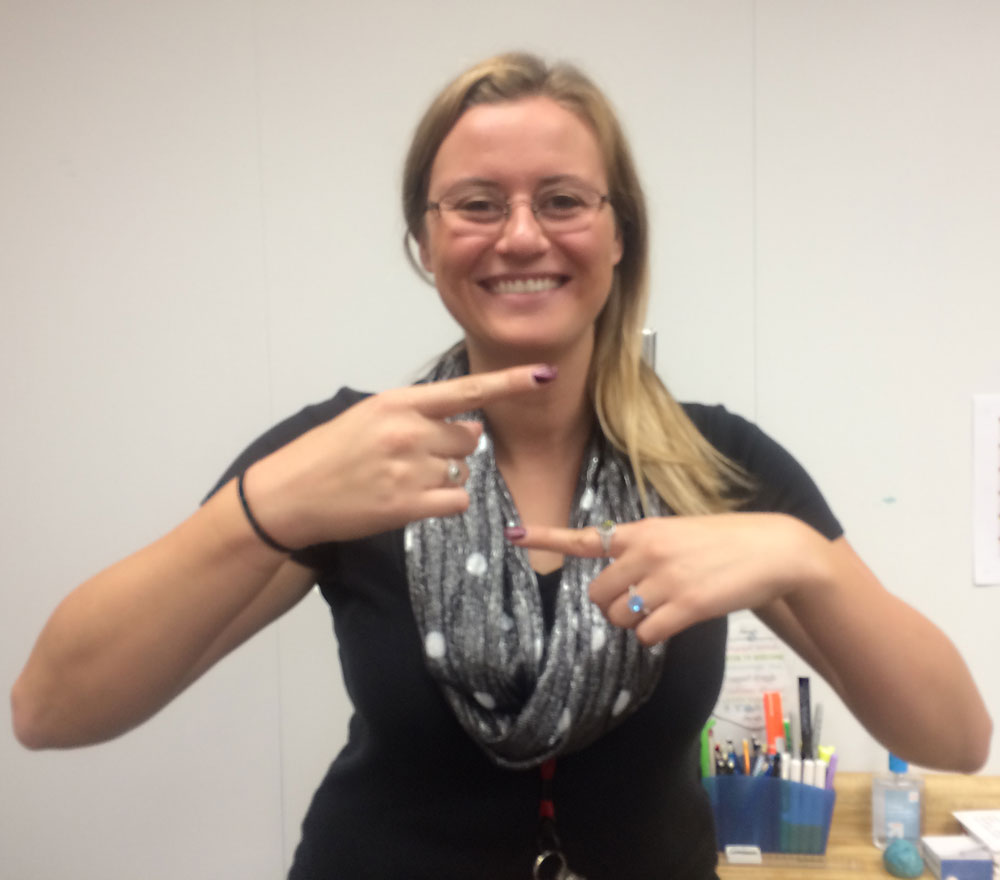
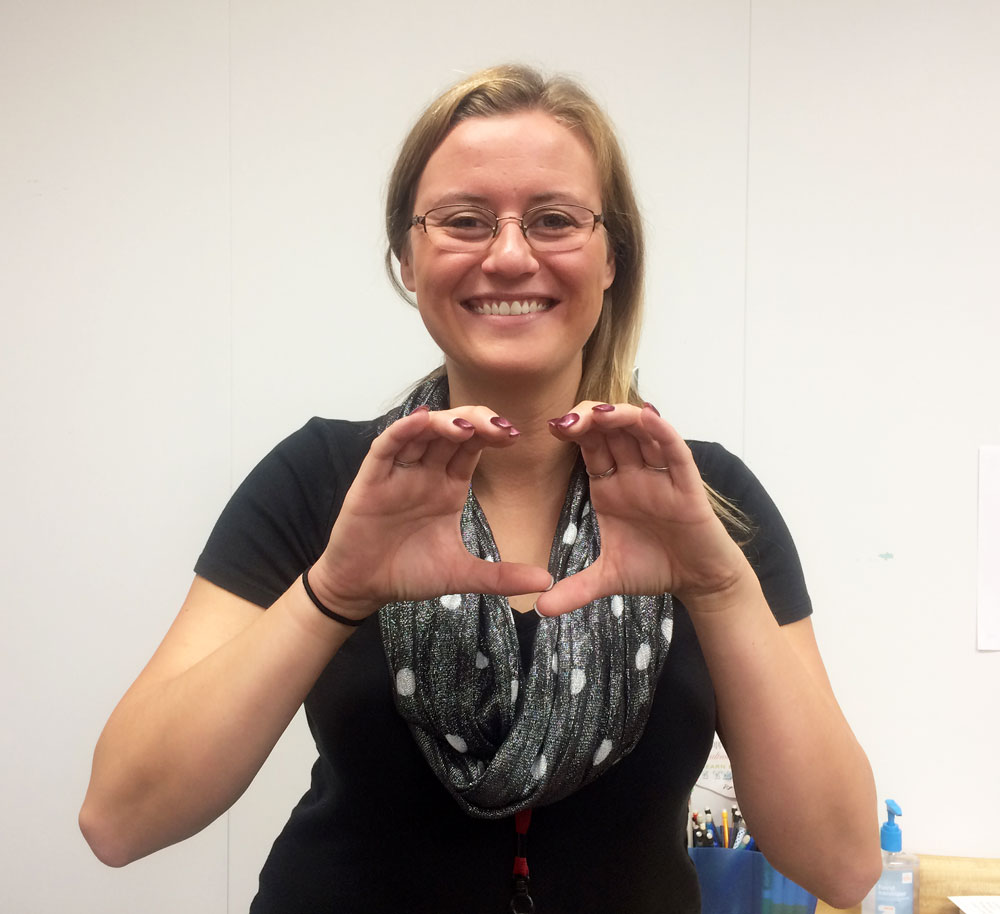
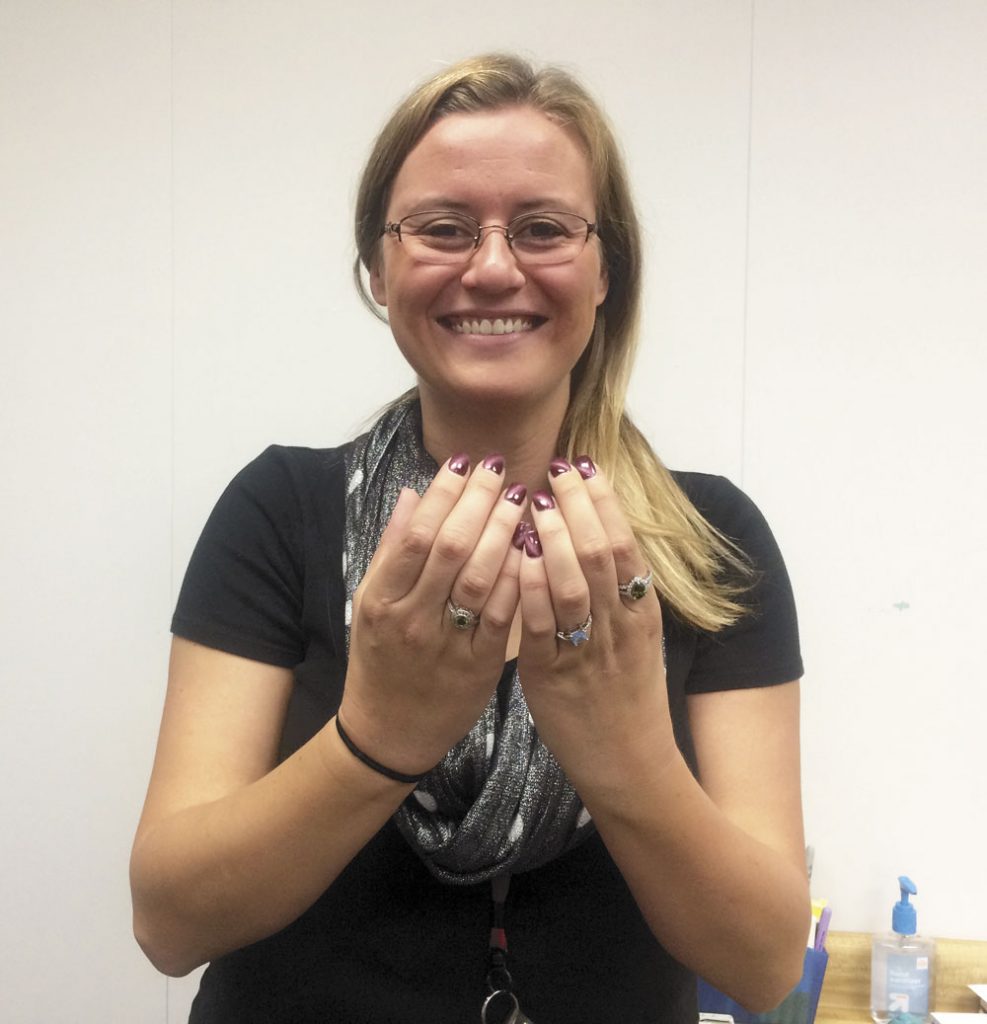
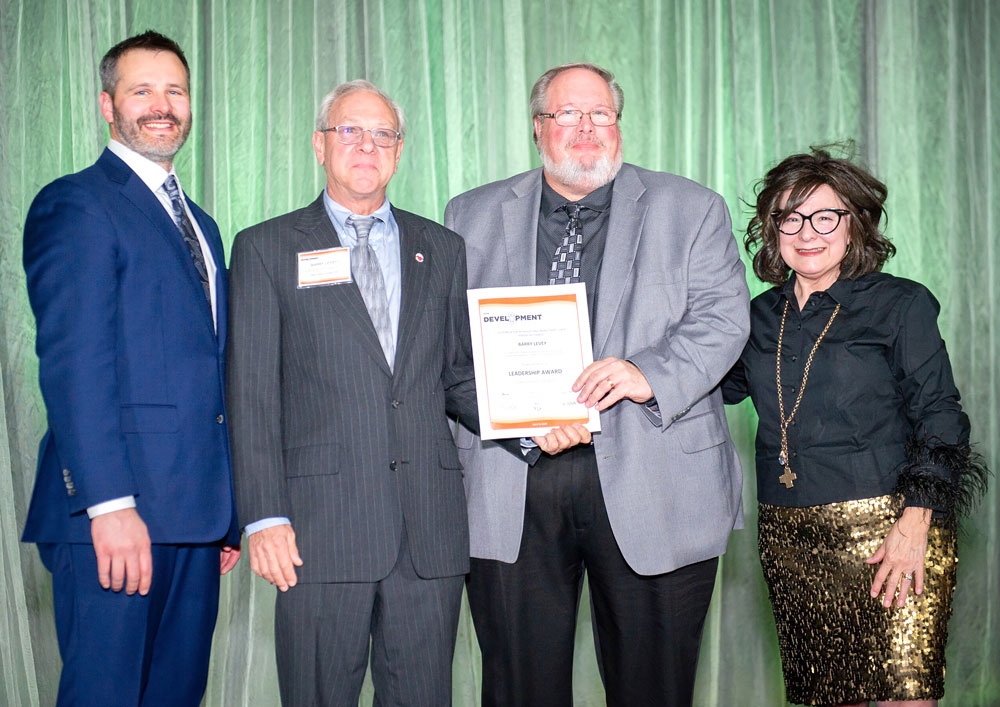
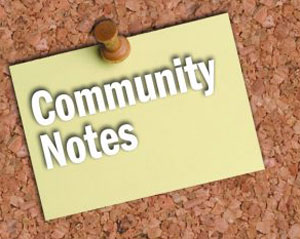

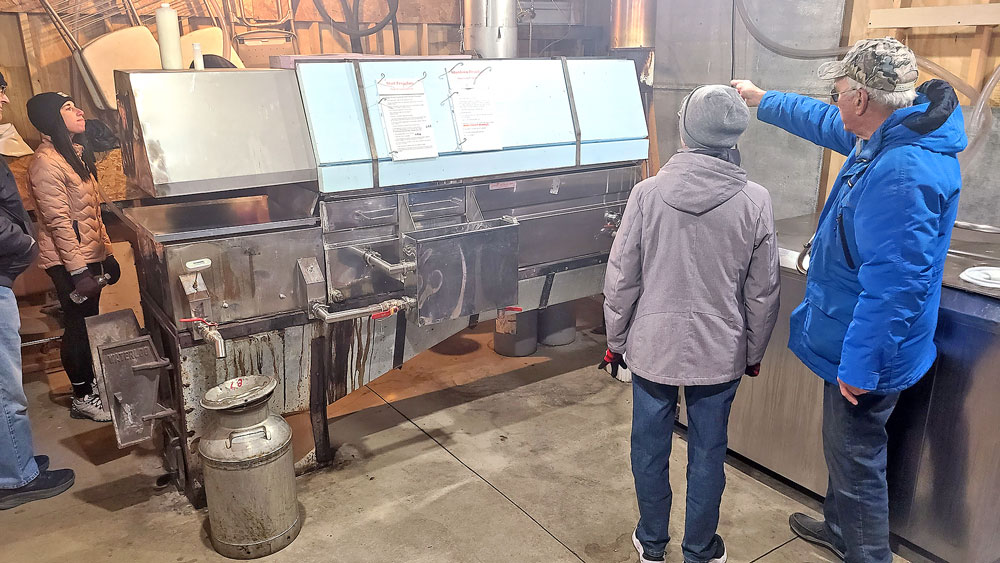
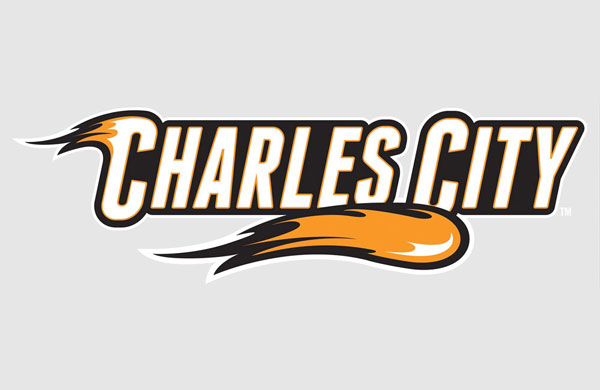
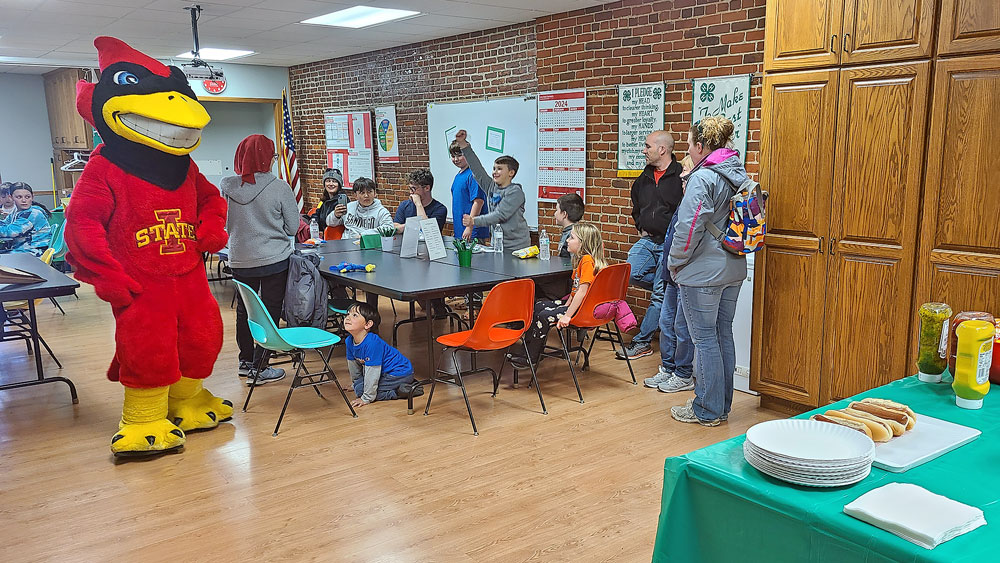


Social Share